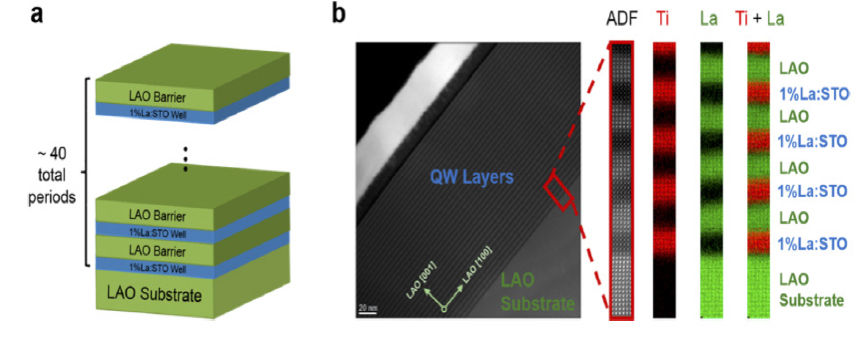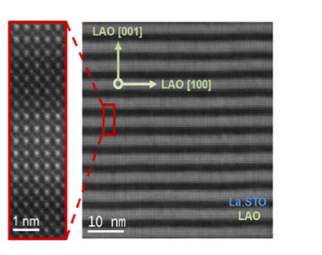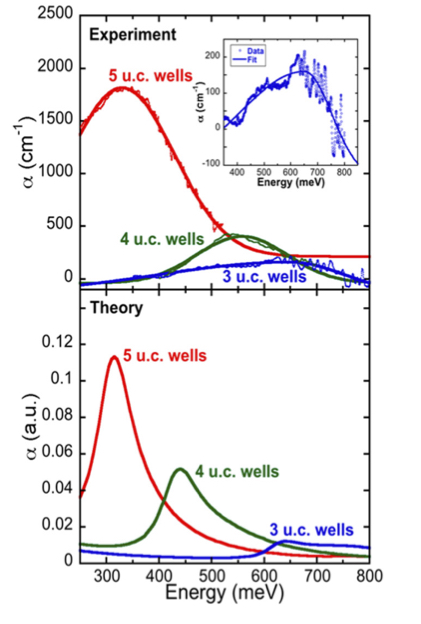Background
Electro-optic modulators play a key role in global communications and data transfer infrastructure. Most notably, they form the basis for optical transceiver technologies which connect high-throughput data centers to long-haul fiber optic communications lines. Due to rapidly expanding global data demands, the performance of such devices, as characterized by device speed and power consumption, is becoming increasingly critical for the efficient operation of global networks. Current optical transceiver technologies suffer from several drawbacks, including large power consumption, slow modulation speeds, and large device footprints. These inventions seek to solve these problems by utilizing a fundamentally different physical phenomenon for electro-optic operation.
Technology description
Researchers at The University of Texas at Austin have developed a technique for manufacturing of quantum well structures. This technique consists of multiple repeats of a quantum well semiconducting oxide material with low effective mass, alternating with a barrier oxide material with large band gap and high dielectric constant. The entire stack is integrated on a silicon substrate via a thin SrTiO3 buffer layer. The invention consists of a SrTiO3/LaAlO3 quantum well heterostructure embedded within a silicon waveguide and electrically contacted via metallic electrodes.
By utilizing the quantum-confined Stark effect, the energy levels of confined electronic states within the SrTiO3 quantum wells can be modified, resulting in a shift in optical absorption strength at a given wavelength. Through this process of electric field-induced absorption modulation, electro-optic modulators can be constructed. Additionally, the invention is a silicon-integrated oxide-based multiple quantum well structure based on a stannate perovskite as the well layer and a high-k dielectric as the barrier layer. The resulting quantum confined energy levels have separations that are in the visible light regime.
Results
The technology demonstrates the room-temperature intersubband absorption in Si-compatible STA/LAO QW heterostructures, as well as the ability to modulate the absorption energy by changing the QW width by a single unit cell. Further experimental details may be found in the following publications:

Schematic of the QW design and large field STEM image over the entire thickness of a six-unit cell structure.

Z-contrast image of the QW structure showing uniform periodicity and lack of extended defects.

Absorption spectra for 3-, 4-, and 5-unit cell samples.

